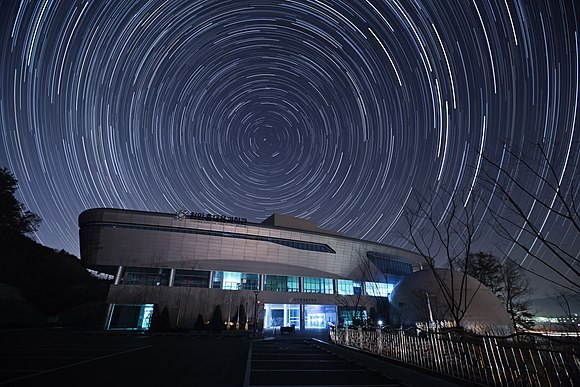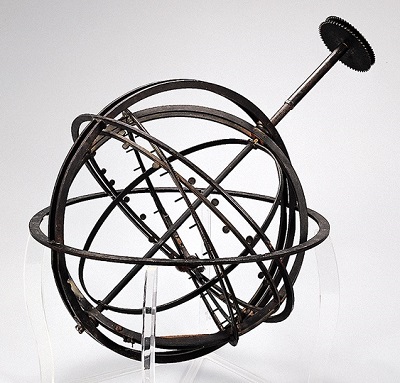[Scholars and Their Spaces] Intellectual journey beyond anthropocentrism
By Korea HeraldPublished : July 22, 2022 - 13:10

In 1762, Hong Dae-yong (1731-1783), at the age of 32, built the first private astronomical observatory, Nongsugak, in his hometown of Cheonan, South Chungcheong Province, and installed Honcheonui, which can measure the location of celestial bodies. Hong, who was eventually known as the “Copernicus of Joseon,” was the first Joseon scholar to argue that the Earth rotates. He was the first Silhak scholar of Joseon to study practical materials, but his claim was rejected by the mainstream Confucian scholars.
What he actually wanted to stress might not simply just be that the Earth is round. He claimed that the Earth is not the center of the universe and presented the concept of infinite space and constellations. It was a relativistic view that held that there is no separation between the center and the periphery, and an ideological struggle that led to concerns about equality and symbiosis. On these grounds, Hong denied Sinocentrism and emphasized the national identity of Koreans.
However, the academic atmosphere at the time was uncongenial to this new idea. Hong’s theory was very provocative and regarded as heresy from the view of the doctrine of Chinese philosopher Zhuang Zhou, which is both human-centered and Chinese-centered. The most remarkable thing is that Hong tried to overcome the anthropocentrism by applying the concept of equality to the relationship between humans and other living beings. He insisted that humans are a part of nature like other animals.
“Humanly speaking, humans are absolutely superior to other living beings. But, conversely, other living beings can be regarded as being superior to humans. From the perspective of heaven, both are equal,” Hong said. Having an open mind allowed him to see things in many different ways and to understand how other people see things.
A trip to Beijing in 1765 was an opportunity to broaden his knowledge of astronomy, geography and history by adopting Western culture and ideas. Most Confucian scholars in Joseon at the time still held the thought that Joseon was the sole heir to the Chinese-centered culture of the Ming Dynasty after it was succeeded by the Qing Dynasty.
In 1773, after returning from the long journey, Hong published two prominent books related to natural philosophy, astronomy and mathematics. “Uisanmundab” and “Juhaesuyong” were written based on his conversations with scholars of the Qing Dynasty and German missionaries.

These books that established his innovative scientific thought spread to other Silhak sholars, such as Park Ji-won, Yi Deok-moo, and Park Je-ga. Hong eventually helped to form the Northern School of Silhak scholars, who sought to reform and develop Joseon by adopting the advances made by the Qing Dynasty, including technology.
The Hong Dae Yong Science Museum, located in his birthplace, is dedicated to the life and academic achievement of Hong. Nonsugak, currently being rebuilt based on a surviving blueprint, will also provide an insight into the science of the Joseon era.
Hong was a “convergent” thinker across science and philosophy. His life shows us the process of Korea's modernization and efforts toward it.
By Park Jeong-eon (histopia78@gmail.com)
Park Jeong-eon is a senior researcher at Chungnam Institute of History and Culture. -- Ed.
-
Articles by Korea Herald












![[Today’s K-pop] BTS pop-up event to come to Seoul](http://res.heraldm.com/phpwas/restmb_idxmake.php?idx=644&simg=/content/image/2024/04/17/20240417050734_0.jpg&u=)





![[KH Explains] Hyundai's full hybrid edge to pay off amid slow transition to pure EVs](http://res.heraldm.com/phpwas/restmb_idxmake.php?idx=652&simg=/content/image/2024/04/18/20240418050645_0.jpg&u=20240419100350)

![[Today’s K-pop] Zico drops snippet of collaboration with Jennie](http://res.heraldm.com/phpwas/restmb_idxmake.php?idx=642&simg=/content/image/2024/04/18/20240418050702_0.jpg&u=)